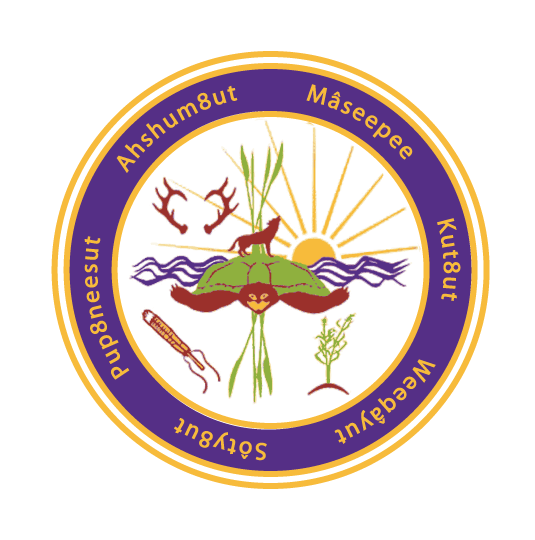The following articles will relate to Peacemaking and the Justice system. I have edited some of the material to make it cohesive and easy to read. Various tribes have included Peacemaking in their justice systems and provide a wealth of knowledge about the Peacemaking process. We will examine the Navajo Peacemaking process. It is a traditional method of Indigenous justice. We will continue with Chief Judge Robert Yazzie of the Navajo Nation and look at some of the cases that were handled with Peacemaking.
The basic concepts of Indian justice are relationships, reciprocity, solidarity, and process, as opposed to hierarchy. Central to Navajo justice is the concept of k’e, which can be loosely translated as “solidarity and reciprocity” or “what I do has an impact on you and what you do has an impact on me.” The Anglo world has a lot to learn from this concept. In the Anglo world, the individual trumps relationships, and that’s destructive.
We need to look at Indian concepts of relationships. People are not simply individuals in society. Everyone owes special obligations to others.
The Navajo phrase hozhooji naat’aanii very loosely translates as peacemaking, but really means something more like “people talking together to reform relationships with each other and the universe. Hozhooji means “rightness” and naat’aanii means “to talk.” The notion that there is a ripple effect to one’s actions – whether they are good or evil – is also basic to Indian philosophy. The Cree word for law is ki-ah-m, which translates as “for everything you do, good or bad, there are consequences.” This is a concept universal to indigenous people the world over. Ubuntu, in Zulu, means the same thing.
Anglos forced their court system on the Navajos back in 1892. In 1959 the Navajos formed their own court system and destroyed the family system of justice. Zion was first hired as a head lawyer of the Navajo court system in 1981. At that point, the people in charge of the court felt that they had gone too far down the Anglo legal path. They asked Zion to write the court rules for Navajo peacemaking in 1982. “They asked me to take them back to their Navajo roots. I had no idea how to do this,” said Zion. So he partnered with Navajo judges and rediscovered peacemaking.
By Laura Mirsky




